There is a list of words which can be used to describe the immensity of the atrocities and crimes committed by the German occupier during World War II. Auschwitz is one of the top words on that list. Eighty years ago ‒ on 14 June 1940 ‒ the first transport of 728 political prisoners from Tarnów was brought to the German concentration camp established in Oświęcim‒ in the Polish territories annexed by the Third Reich. It is on that day that we celebrate the National Remembrance Day for Victims of the German Nazi Concentration and Extermination Camps.

“You have not come to a sanatorium, but rather to a German concentration camp, from which the only way out is through the chimney. If anybody doesn’t like it, you can go throw yourself on the barbed wire right now. If there are any Jews in this transport, they have the right to live not longer than two weeks, priests a month, and the rest – three months.”
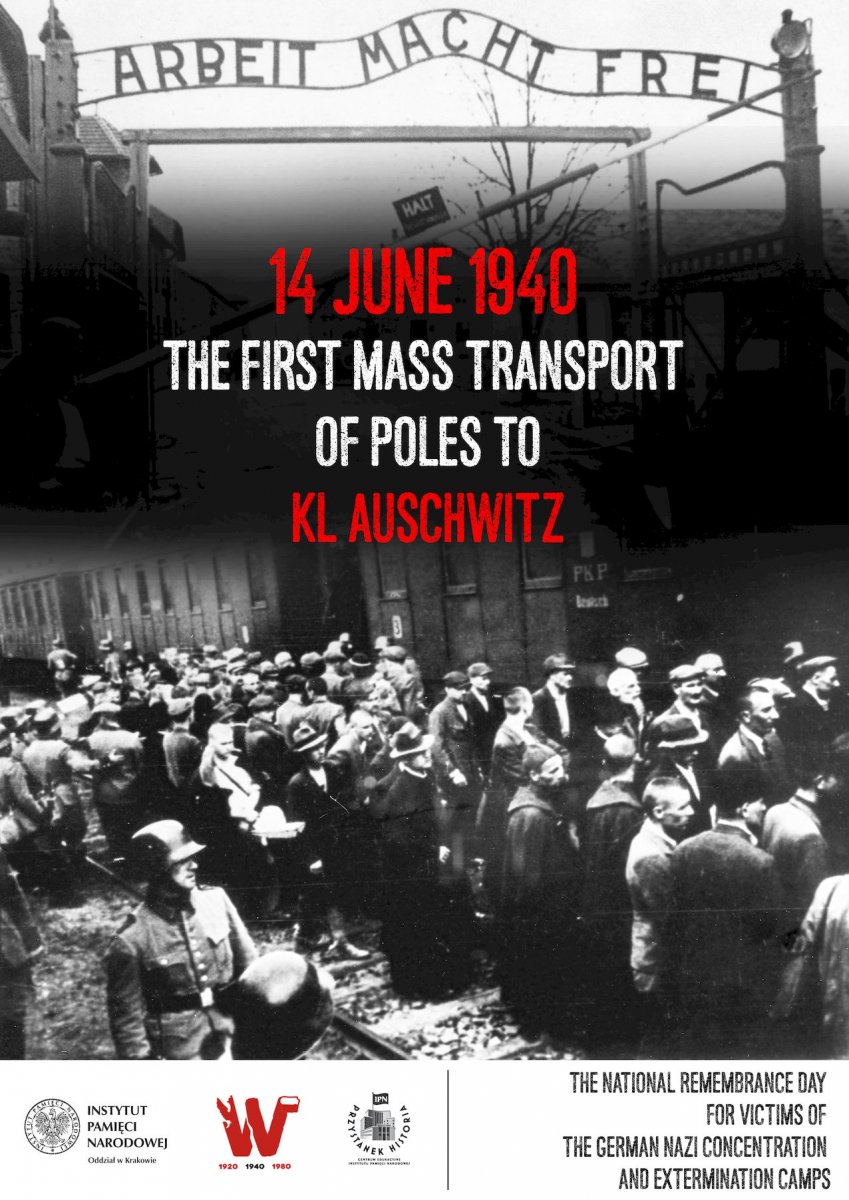
“The only exit from here leads through the crematorium chimney” – this is what the first Polish prisoners of Auschwitz heard from the SS camp Deputy Commander Hauptsturmführer Karl Fritzsch in June 1940. Upon their arrival, a carefully thought-out and directed “welcoming” ceremony awaited the prisoners. It was intended to instill in them a sense of total abandonment and helplessness.
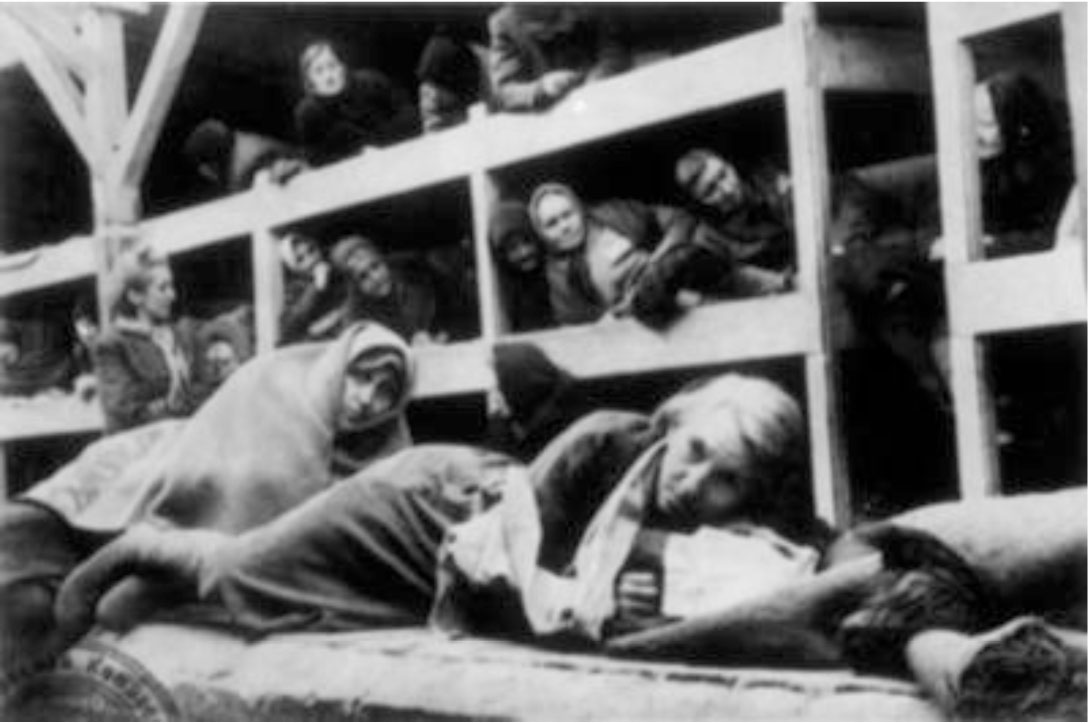
In the spring of 1940, the Germans began to organize a camp for political prisoners in Auschwitz (Oświęcim, before the war), which was then within the territories incorporated into the German Third Reich. On 14 June 1940, a transport arrived from Tarnów with the first Polish political prisoners.

AktiongegenUniversitäts-Professoren, commonly known as SonderaktionKrakau, has left its mark on the history of Cracow and modern history in general, as an unprecedented attack on Polish academic circles. The representative of the German occupation authorities, SS-Sturmbannführer Bruno Müller, commanded Jagiellonian University Rector, Professor Tadeusz Lehr-Spławiński to convene a meeting of all the university’s lecturers at the administrative center building in the Collegium Novum.
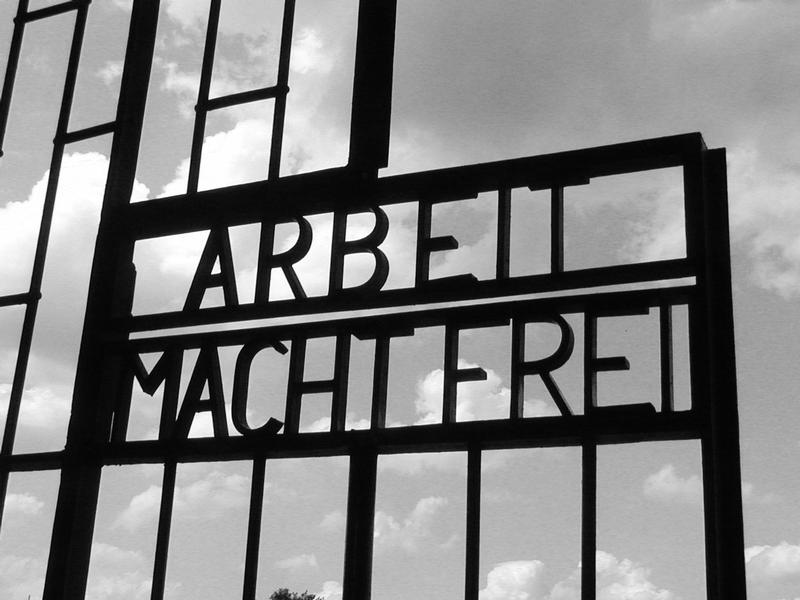
In the first months of German occupation, the repressions against the Polish population were much greater than against other national groups of pre-war Poland. This was due to a large-scale campaign of the German security apparatus directed against the Polish intelligentsia. Within the General Government, as part of Operation AB, numerous arrests of members of the elite, primarily teachers, doctors, priests, lawyers and academics, took place. Most of them were transferred to German concentration camps in the Third Reich, although an estimated number of 3.5 thousand of them were killed in mass executions.
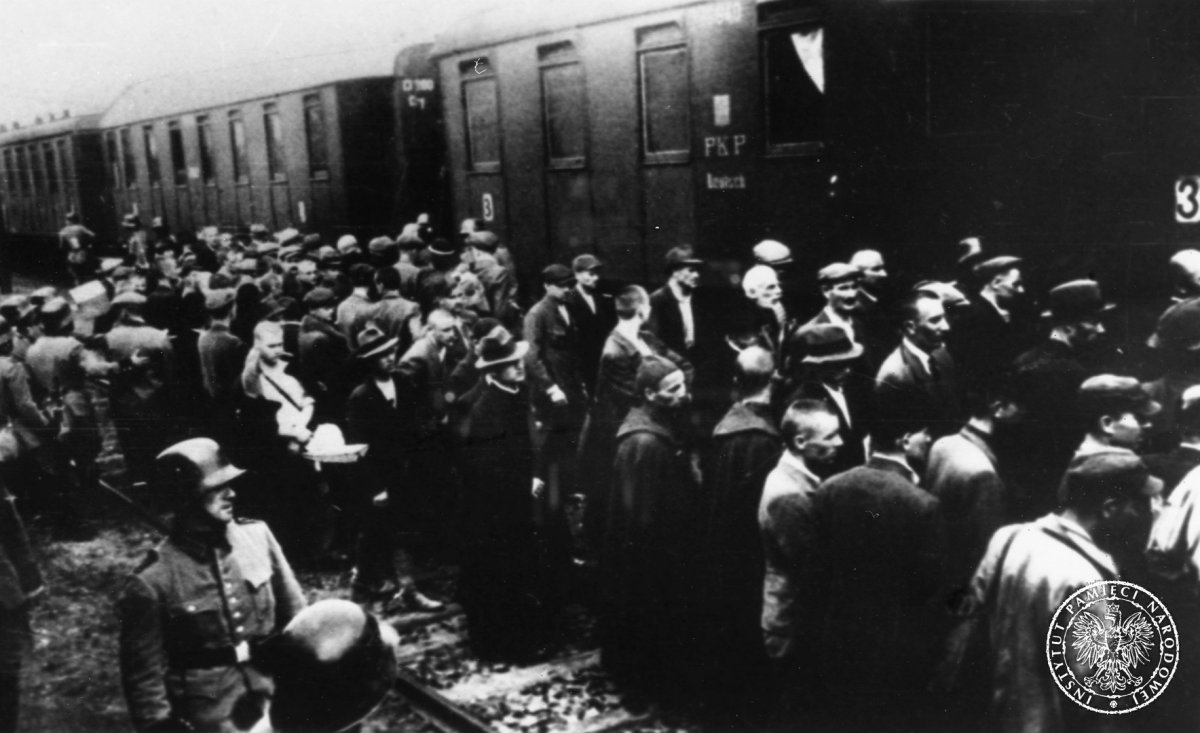
The idea of Nazi concentration camps was implemented less than a month after Adolf Hitler had become the Chancellor of Germany on 30 January1933. This was the result of support demonstrated by the German society for the Nazi party, expressed in parliamentary elections. After the NSDAP’s unquestioned victory in 1932, it became the largest party of the Reichstag.
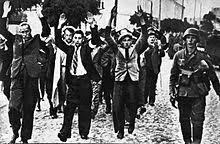
The extermination of the clergy was part of the Reich’s policy aimed at denationalizing German-occupied countries. KL Dachau became the center of the extermination of the clergy. Among about 2,800 priests imprisoned there, Poles constituted the largest group (1,780).868 Polish priests lost their lives in inhuman conditions.
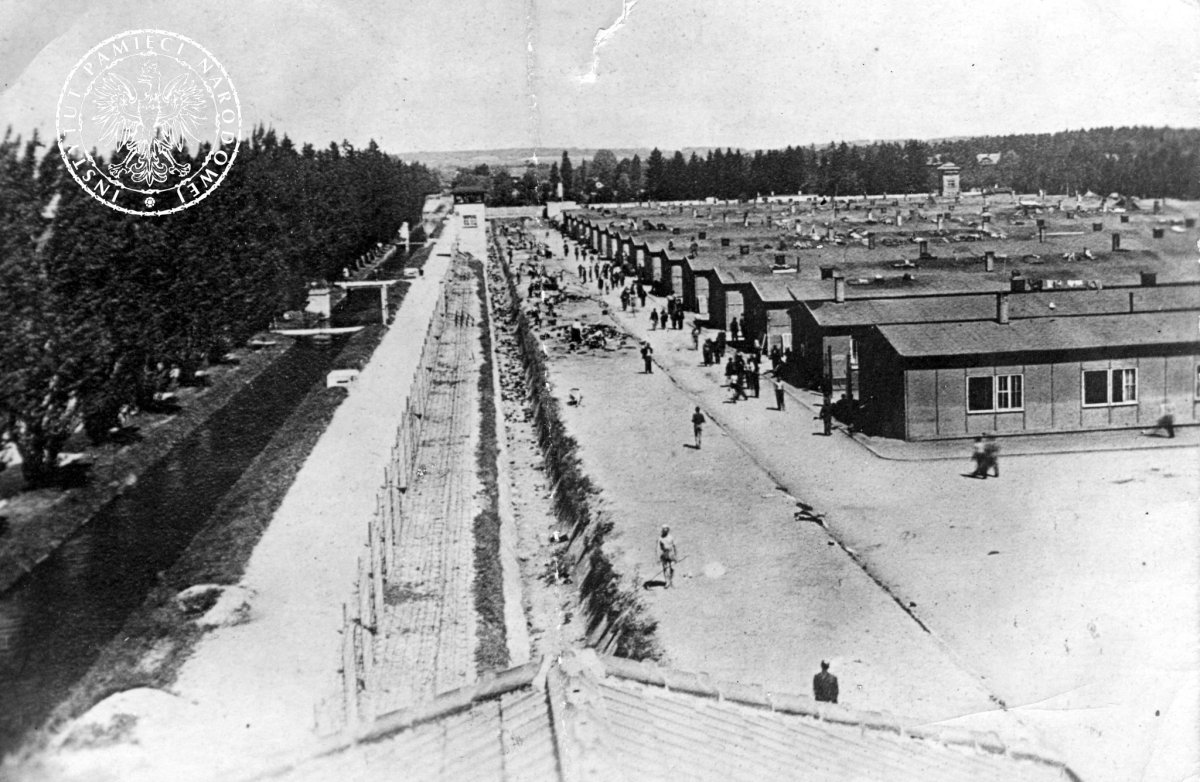
“Do the Polish authorities know about the executions and the ‘guinea pigs’? ” ‒ this was the first question Karolina Lanckorońska heard from a fellow prisoner when the Germans imprisoned her in the Ravensbrück concentration camp on 8 September 1943. Before that time, in the aftermath of the September campaign, she experienced the horrors of Soviet-occupied Lwów, where she had taught the history of art before the war. During interrogations by the head of the Gestapo in Stanisławów, Hans Krüger, she stood up bravely and without hesitation admitted that she considered the Third Reich an enemy. Troublesome for the German authorities, the stubborn Polish aristocrat, about whose fate the Italian royal family had constantly been enquiring, was finally sent to Ravensbrück.
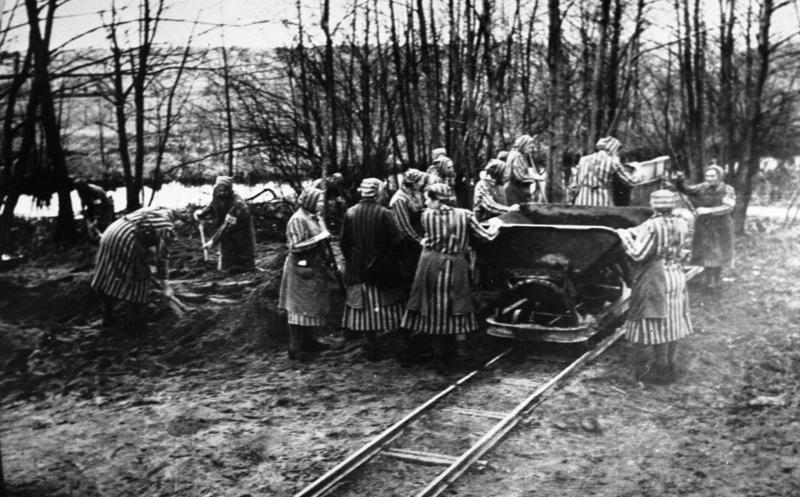
The production presents previously unknown documents proving that from 1941 to the end of the war Poles informed all Allies about the situation in extermination camps in occupied Poland. In the film Report from Auschwitz Krzysztof Brożek shows the indifference on the part of the countries of Western Europe in spite of reports on the Holocaust drafted by the Polish Underground State. The heroes of the film are some former prisoners, mainly those from the first transports: Kazimierz Albin, Kazimierz Piechowski, Jerzy Bogusz, Karol Tendera, as well as Eva Mozes-Kor - victim of Dr. Mengele.
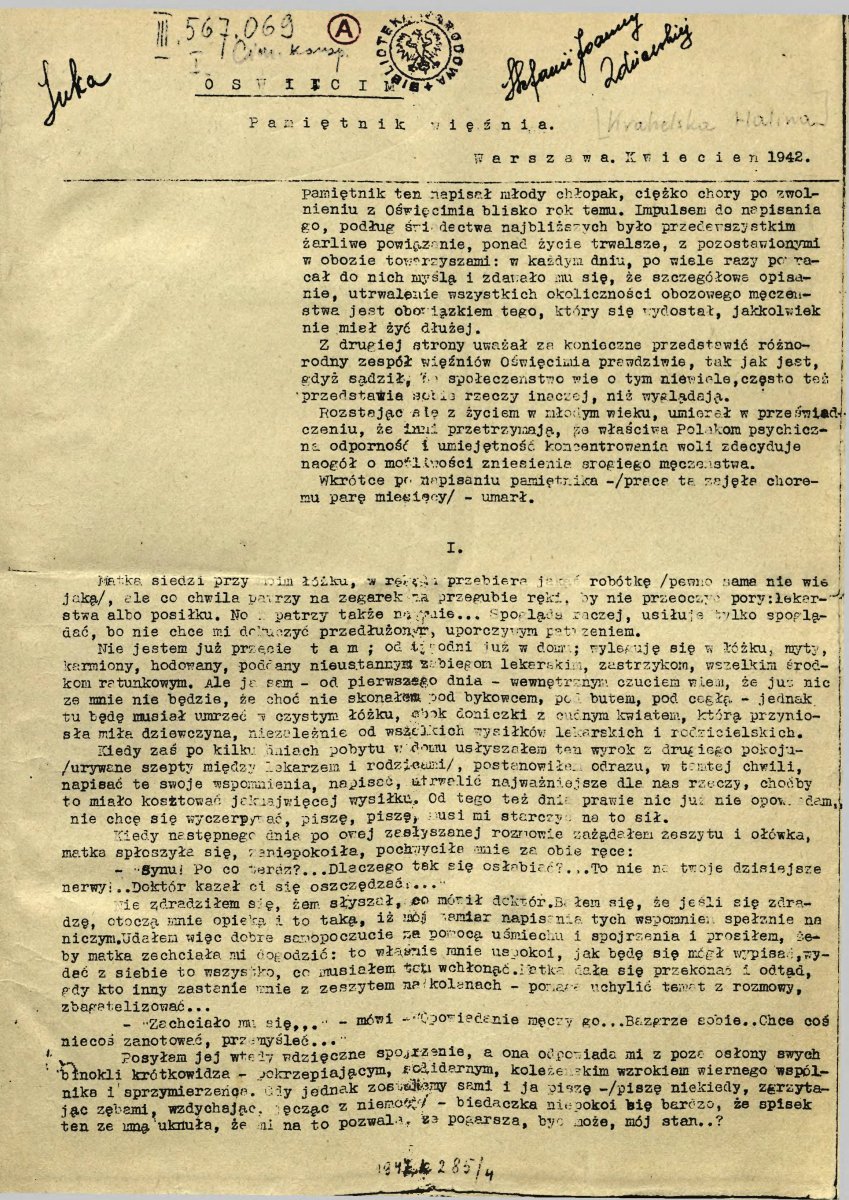
The attack of Germany and the Soviet Union on the Polish State in September 1939 started World War II and gave way to the possibility of the Holocaust. Treblinka was one of the main German death camps established as part of the so-called Operation Reinhardt (Aktion Reinhardt), in which Jews from Central Poland, called the General Government (General Government), were murdered.
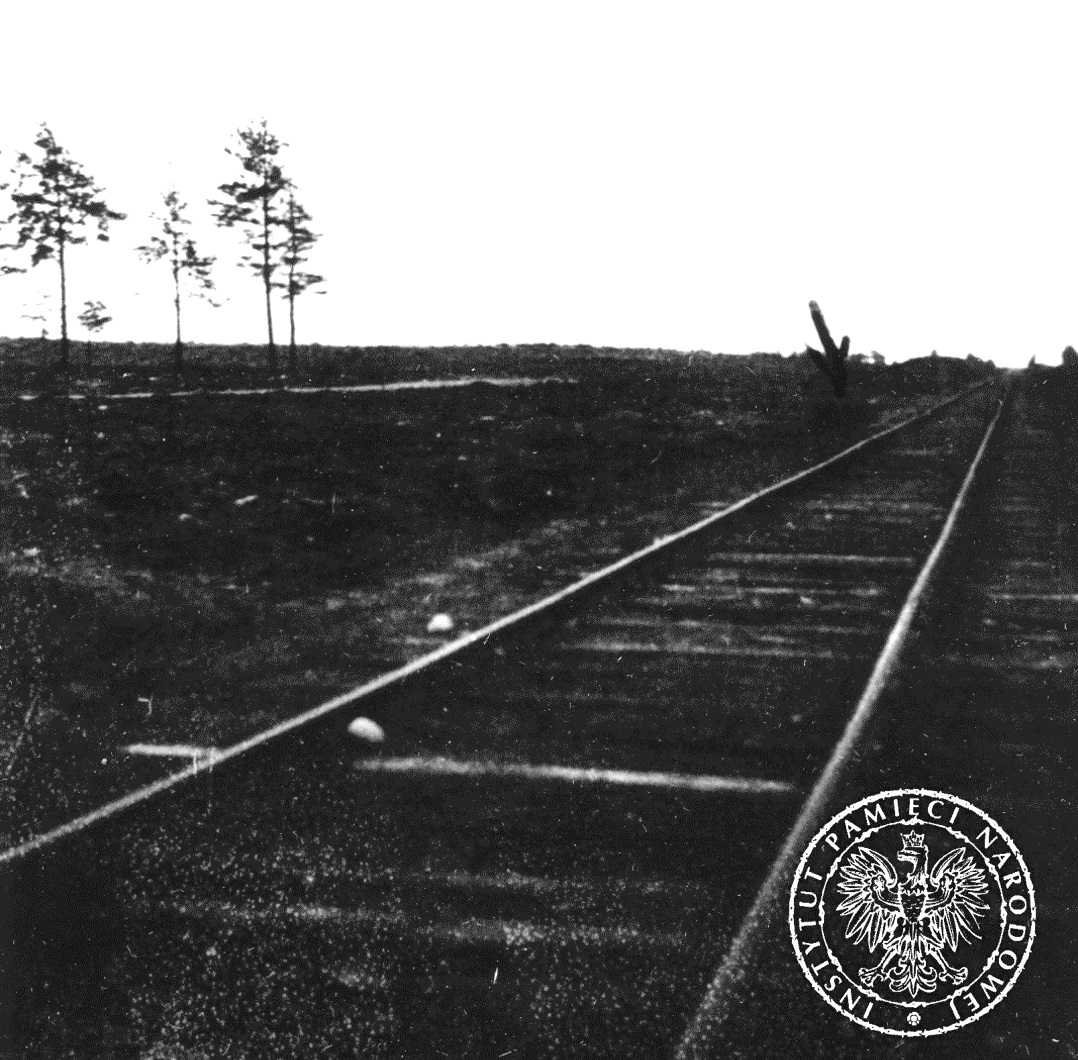
The unique sculptures of Samuel Willenberg - a witness to the German crimes committed in Treblinka and one of those who managed to escape from the camp – have arrived in Warsaw as part of the cooperation of the Institute of National Remembrance with the artist's wife Ada Krystyna Willenberg.
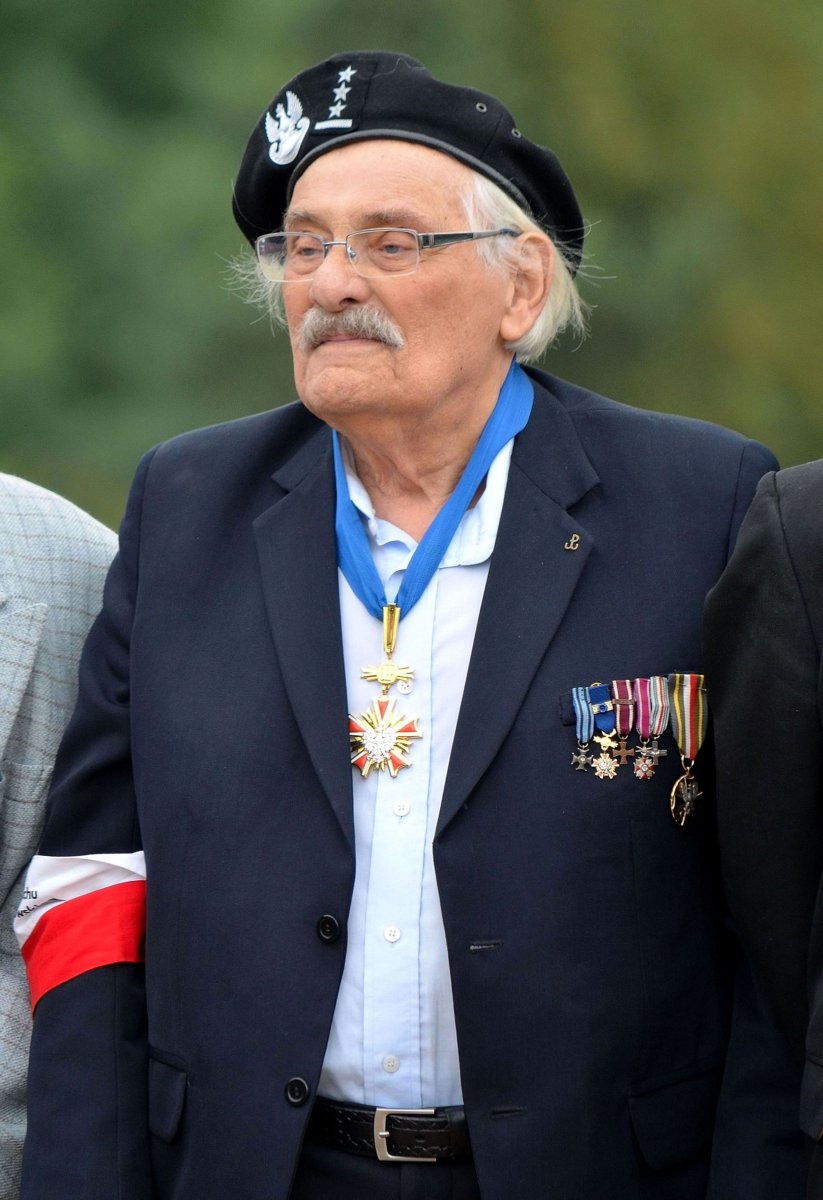
“Willenberg is a symbolic figure. Throughout his life he struggled with stereotypes and was against dividing history into Polish and Jewish. For him, one’s attitude to elementary values was of utmost importance. He was a Polish Jew and a faithful citizen of the Republic of Poland, who voluntarily joined the Polish Army,” said the President of the IPN Dr. Jarosław Szarek, during the public opening of crates containing Samuel Willenberg's sculptures.
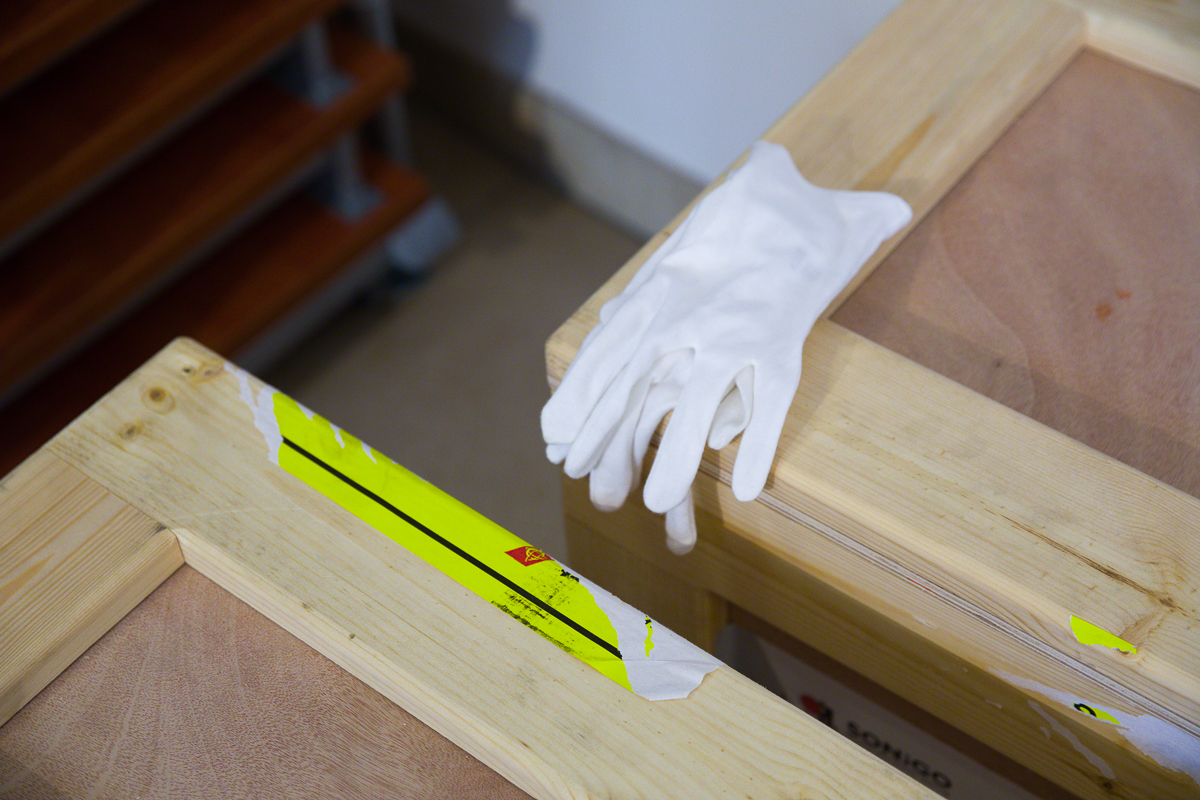
We would like to encourage everyone to take a look at the exhibition of unique sculptures depicting one of the most tragic chapters in the history of the Holocaust, as well as scenes encountered by Samuel Willenberg, a witness to German crimes committed in Treblinka opened at the Institute of National Remembrance’s Educational Centre in Warsaw on 28 January 2020. The opening of the exhibition took place as part of the celebration of the International Holocaust Remembrance Day
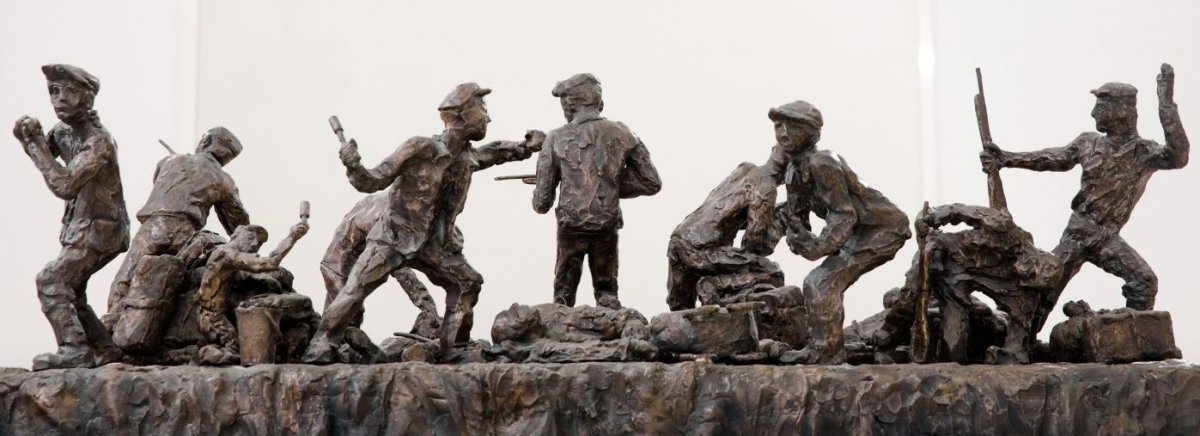
Look into the eyes of Samuel Willenberg. A swaddling, brave and challenging look. I know many such eyes. They belong to people who wanted to escape from the hell of the Holocaust and thanks to their determination and courage they fled from it.
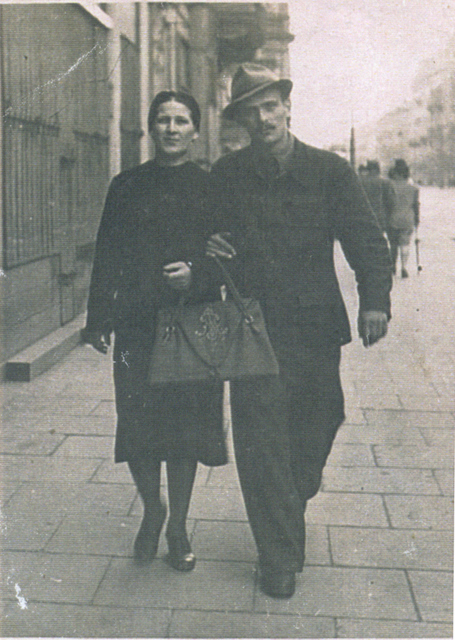
The following text is introductory to the subject of the functioning of German camps located on the territory of Poland within its current borders in 1939-1945.
During German occupation, Polish citizens were subjected to the extermination policy of the German Third Reich, which aimed at the biological destruction of the Nation and its cultural and material destruction. The criminal actions undertaken against Polish citizens were initiated in September 1939 by the Wehrmacht, SS, Einsatzgruppen, Gestapo and VolksdeutscherSelbstschutz. From that time, practically until the very end of the war in 1945, genocide was taking place in German concentration camps, extermination camps, as well as other centres of forced isolation, i.e. arrests and prisons, forced labour camps, prisoner-of-war and internment camps, resettlement and germanization camps, and ghettos intended for the population of Jewish nationality.
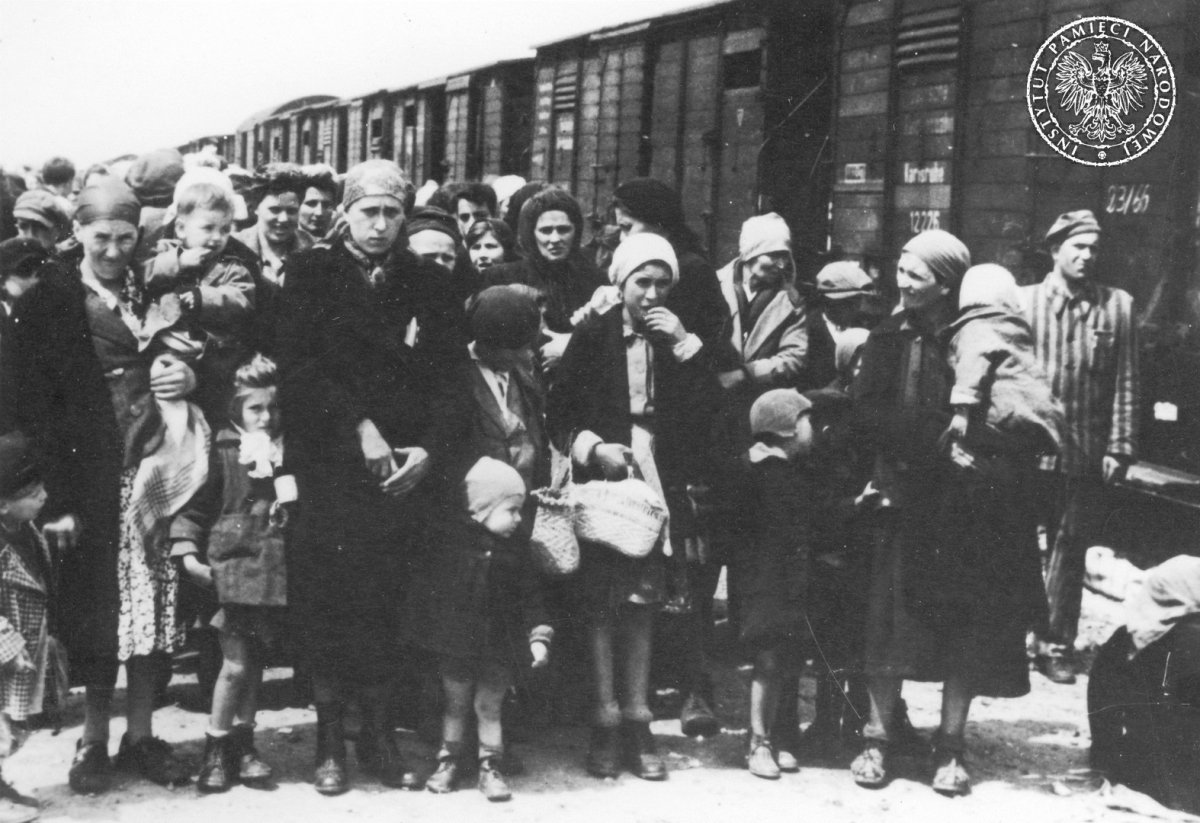
In December 1939, the Government of the Republic of Poland in exile in a special resolution announced the use of retaliation for innocent Polish victims against the Germans, and especially towards managerial spheres.
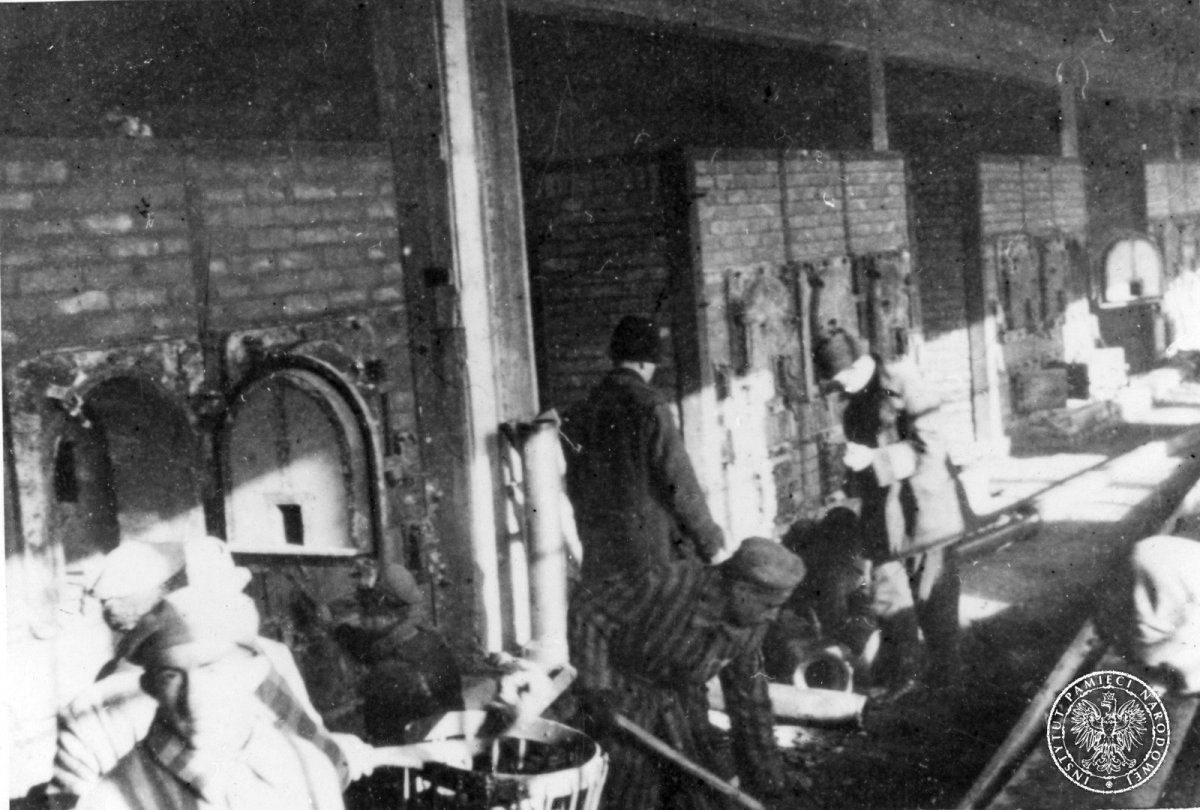
Rafał Leśkiewicz, PhD, editor-in-chief of the portal Przystanekhistoria.pl, talks about the investigation in the Auschwitz-Birkenau case to Łukasz Gramza, prosecutor of the IPN's Branch Commission for the Prosecution of Crimes against the Polish Nation in Cracow.
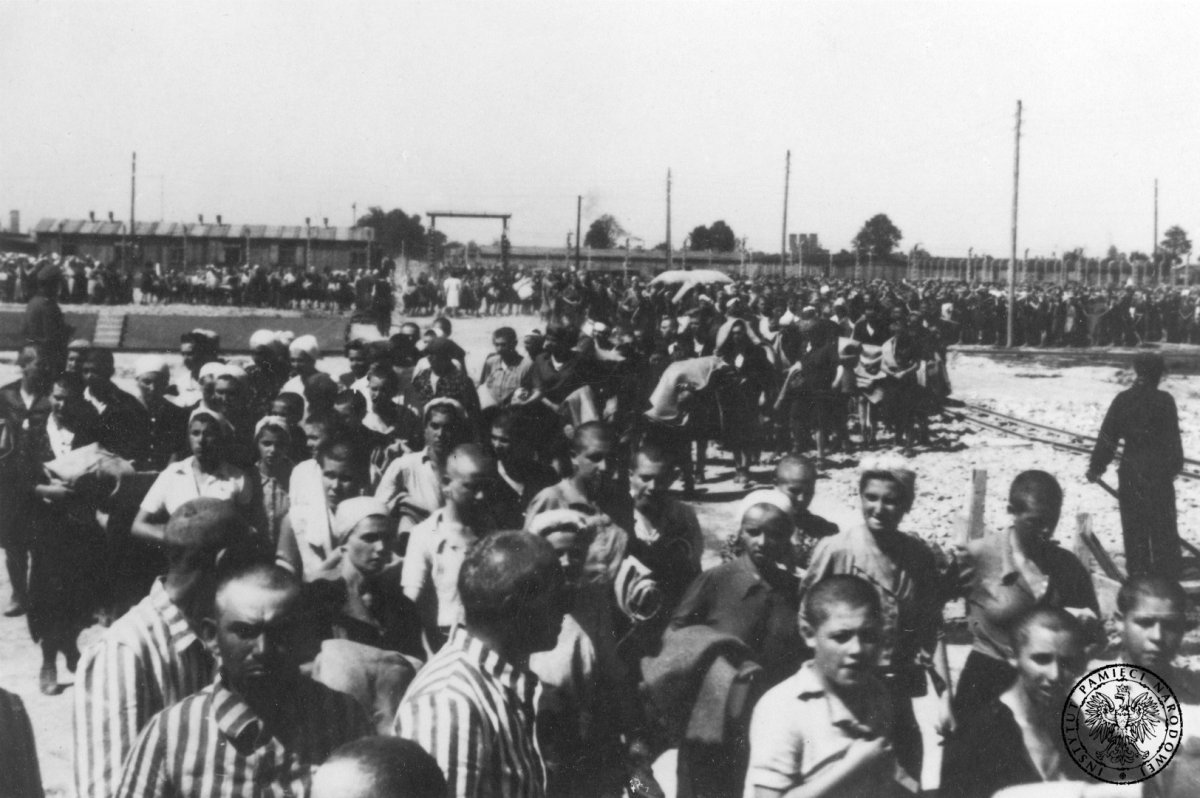
Hans Frank was one of the main authors and executors of the German extermination policies. He was responsible for mass crimes, economic exploitation and theft and destruction of countless pieces of art in the Polish lands not joined with the Third Reich. Thanks to his vanity, a unique historical source was created – an official journal of the Governor-General.
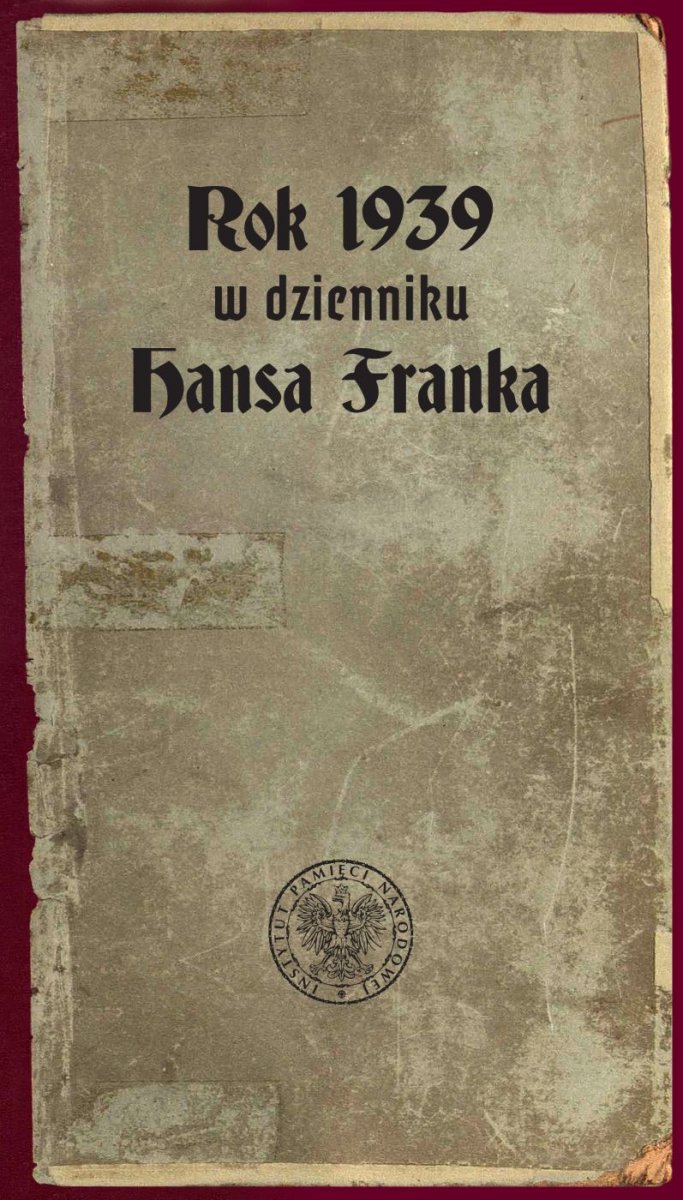
One of the key elements that make up a totalitarian state is indoctrination of an entire society. In the Third Reich, Joseph Goebbels created an elaborate propaganda system, which allowed him to control all media (the press, radio and cinema) and both literature and art. That way, he could alter the Germans’ thoughts and views.
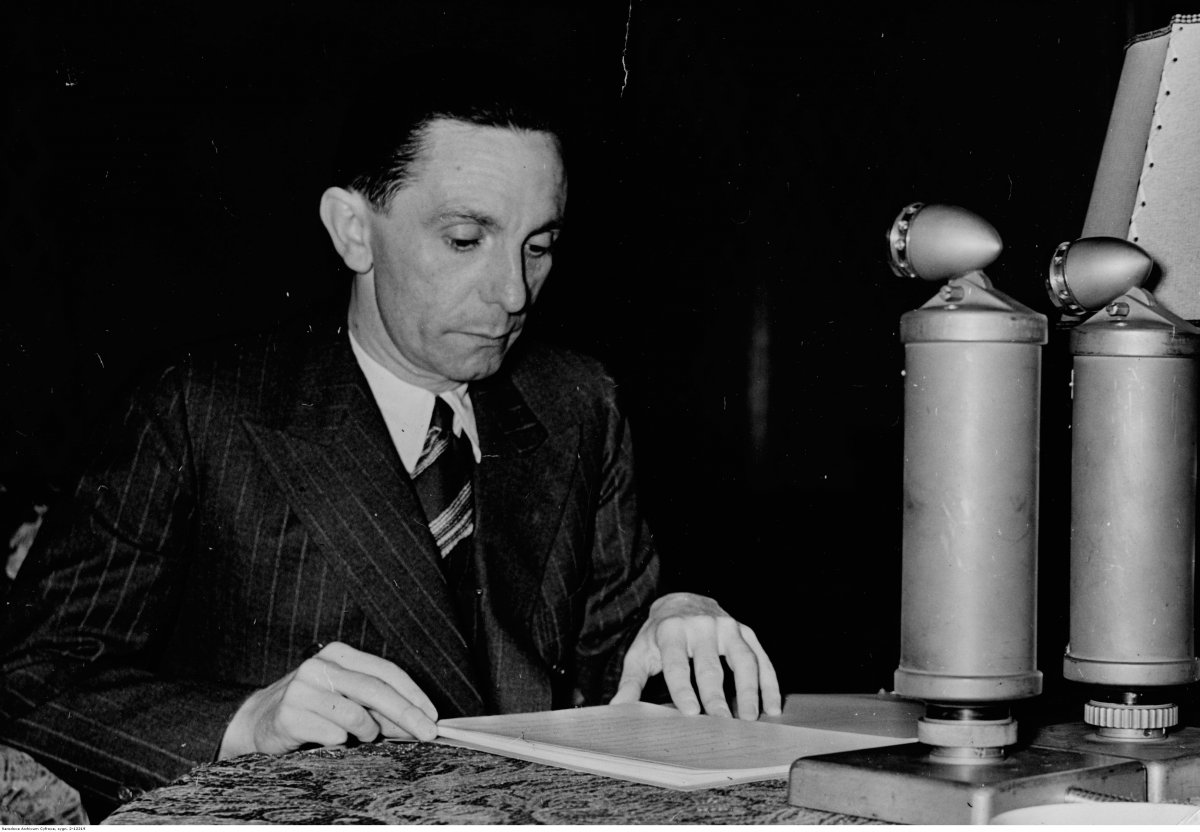
Col. William Quinn from the 7th US Army after partaking in the liberation of the Dachau concentration camp in May of 1945, wrote this in his report: „There, our troops found sights, sounds and stenches beyond belief, cruelties so enormous as to be incomprehensible to the normal mind. Dachau and death were synonymous.”
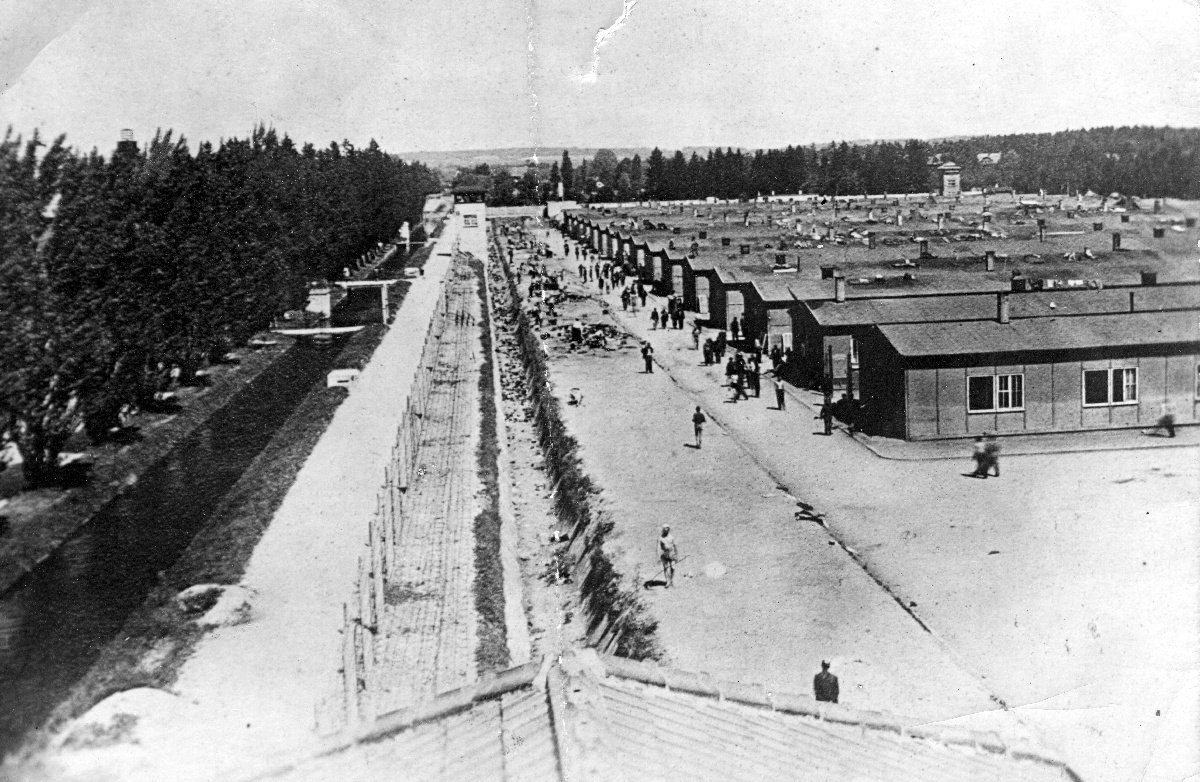
The German invasion of Poland was an extremely brutal campaign with war crimes being committed on a daily basis. Wehrmacht – the armed forces of Nazi Germany – on countless occasions violated international conventions and showed total contempt for its foe.
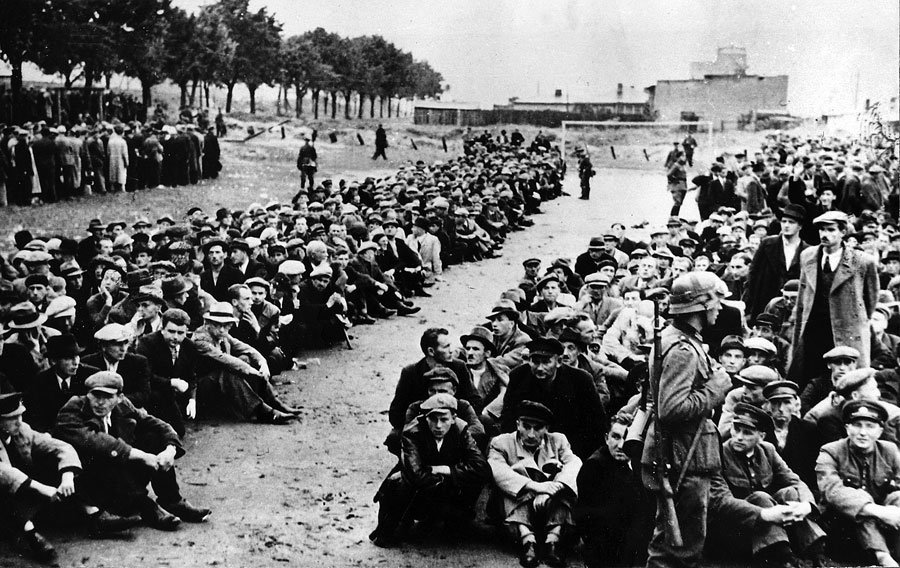
The International Day of Commemoration in Memory of the Victims of the Holocaust is celebrated on 27 January, on the anniversary of the liberation of the German Auschwitz-Birkenau camp. It was adopted by the UN General Assembly in 2005 to commemorate the Jews murdered during the Second World War. Commemorative events take place all around the world.
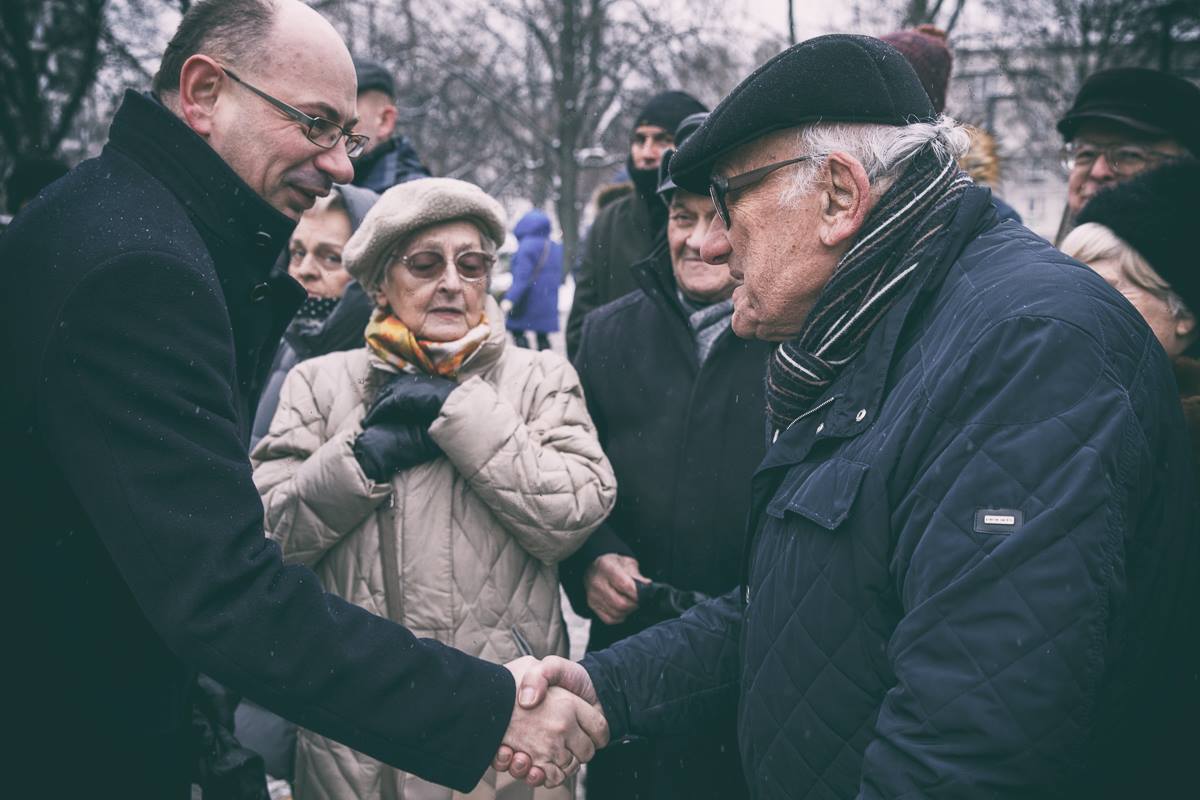
The Polish Institute of National Remembrance is helping to carry out the last will of the late Samuel Willenberg, who may most certainly be referred to as a hero of both the Polish and Jewish nations, especially taking into account his will to survive and continue the fight for freedom and his resounding spirit of reconciliation.
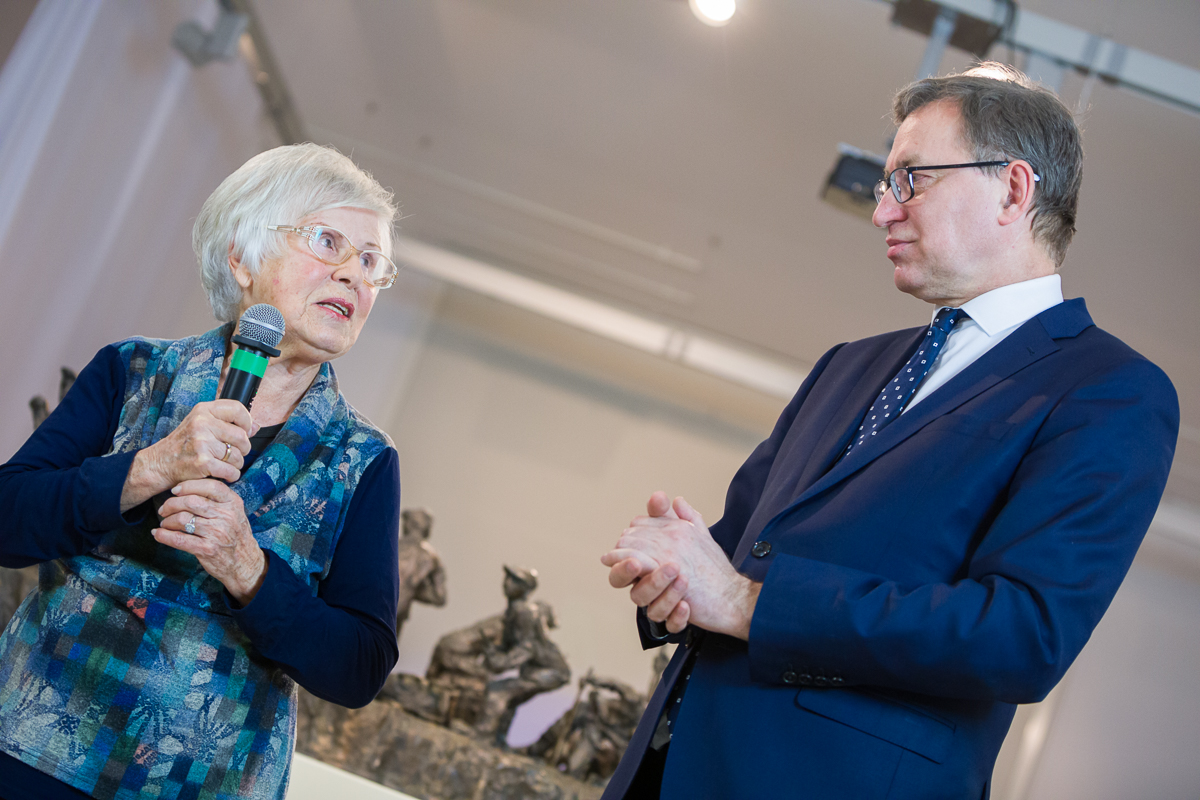
Poles and Jews commemorated Jews murdered by the Germans in Kraśnik.
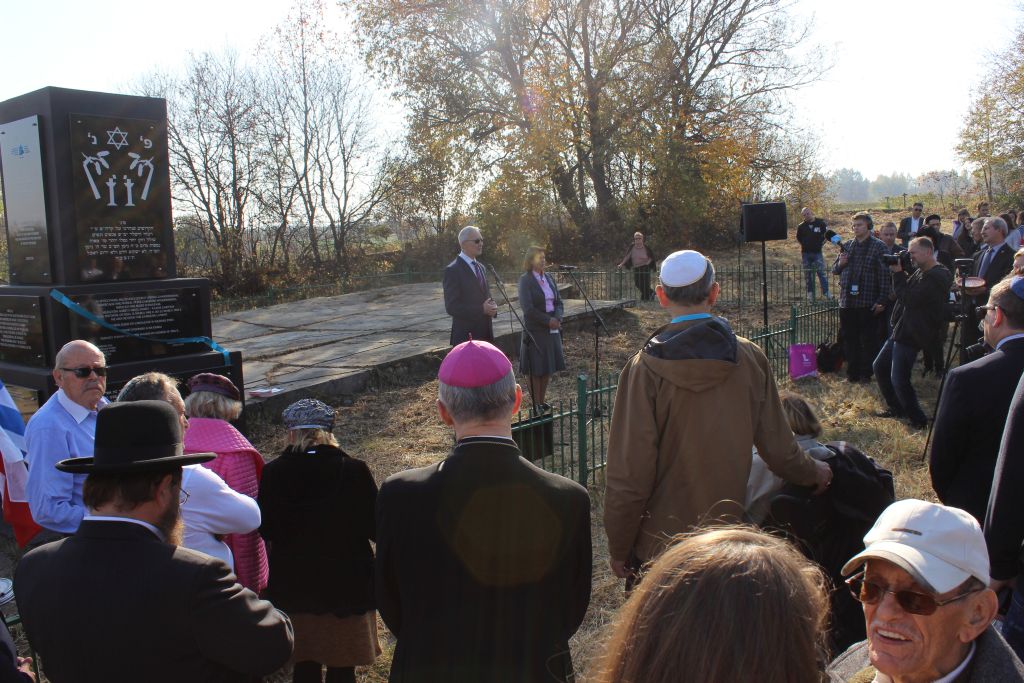
Deputy President of the Institute of National Remembrance, Prof. Krzysztof Szwagrzyk, took part in a commemorative ceremony by the Tomb of the Unknown Soldier and the Pawiak Prison Museum.


























